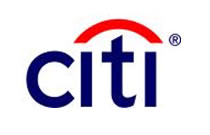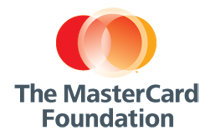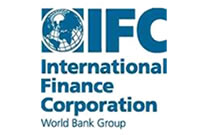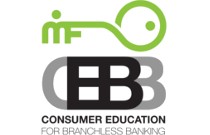
By Eric Noggle and Guy Stuart, Ph.D. | September 10, 2014
In our first post in this series, we described the need for an approach to financial education that was both effective and scalable, and we offered embedded education as a potential solution.
Our second and third posts described how the embedded education approach works and showed its potential effectiveness by describing the improved money management behavior displayed by clients in Zambia after participating in our program. We believe that these findings also revealed the potential for a business case for delivering financial education using the embedded approach.
For a business case to exist, two things have to be true: financial service providers need to see a positive, bottom-line impact from an embedded program and a financing mechanism needs to exist that can compete with the current grant-based model for funding financial education.
Bottom-Line Impact
Financial education can positively impact financial service providers (FSPs) in a number of ways (aside from knowing that they’re empowering individuals to take control of their financial lives). Offering training could improve client retention by strengthening loyalty. It could reduce customer service requests by increasing familiarity with a banking process. But our market research suggests that the biggest potential impact is lowering write-off ratios and increasing savings balances.
Using data from The MIX, we estimated that in 2012 alone, loan distributing MFIs wrote off $1.4 billion from their portfolios. And that number underestimates the total value of write-offs by a considerable margin because it only includes the almost 650 MFIs that had reported enough data for these calculations. In The MIX database alone, there were an additional 600 MFIs that did not report the data necessary to estimate losses resulting from write-offs. The sums are not insignificant at the individual MFI level either. Of the 650 MFIs for which enough data was available to formulate estimates, roughly 20 percent wrote off more than $1 million. In the largest MFIs, reducing the write-off ratio by a fraction of a percentage point could result in millions of dollars of savings in a single year. Even small to medium sized MFIs could realize hundreds of thousands of dollars in savings. Using MFO’s portfolio-at-risk results from Zambia and our cost structure as a base, we believe that many MFIs could easily afford to pay for the implementation of an embedded education program from the savings such a program could generate.
Competing with Grant Funding
A current challenge, though, is grant funding. Why would an MFI pay for an embedded education program when grant funding may be available for more traditional models instead? The answer is that grant funded programs are unlikely to be able to close the financial capability gap in the long term because they are not realistically scalable. If educational trainings are not incorporated within existing service touch points, the MFIs are forced to develop or alter portions of their organization to create a space to educate clients. Estimates of the cost of closing the gap with current educational methods already stands in the billions of dollars and the needs of clients will only increase as FSPs continue to create innovative products and push services to the bottom of the pyramid.
There is an alternative that can compete with the low-risk nature of grant funding for FSPs: offer embedded education on a pay-for-performance basis. In this model, organizations like MFO design an embedded education program for an FSP and cover the costs of designing and implementing this program in return for payments if the program meets agreed-upon performance benchmarks that the FSP values, such as decreased default rates. For example, an FSP might hire a firm that develops financial education programs to design and implement a debt management education program to decrease delinquencies and defaults. In return for this work, the FSP shares with the developer the savings it realizes from decreased delinquency and its associated costs. The FSP also enjoys the added benefits that come with more capable clients.
This approach could have significant benefits for those working to promote financial inclusion. It ensures that education programs are problem-focused – an FSP will only select an education program if it addresses a particular problem it has, and an education provider will only choose projects that generate value for which the FSP is willing to pay. The approach also ensures that a successful program will last because the FSP will have a tailored education program embedded into their operations from which they will continuously derive tangible financial benefits. For non-profits and small private organizations whose mission is to deliver high quality financial education programs, the pay-for-performance model has the potential to create a sustainable revenue stream, which will also be necessary for financial education programming to reach scale. For grant makers, this approach provides an avenue to a self-sustaining, scalable solution to addressing the financial capability gap. It weans both implementers and FSPs off grant funding for these types of projects, freeing up valuable resources for other initiatives.
The Path Ahead
Successfully implementing a pay-for-performance project is by no means easy. Issues of contracting and close monitoring take on greater precedence while the fact remains that this approach has been untried, as far as we know, in the financial inclusion space. Despite these challenges, we believe the pay-for-performance model offers a clear path toward delivering financial education on a sustainable basis at scale. Through our work, we have found no other alternative that can claim the same.
MFO has already begun to discuss implementing this model with investors, donors, and financial service providers. With the ultimate goal of expanding access to financial education, we welcome those in the financial inclusion and financial capability development fields to question and comment on this approach as we continue our work on closing the financial capability gap.
MFO also wishes to thank Citi Foundation for its on-going support for MFO’s strategic planning, of which this blog post is a part.







